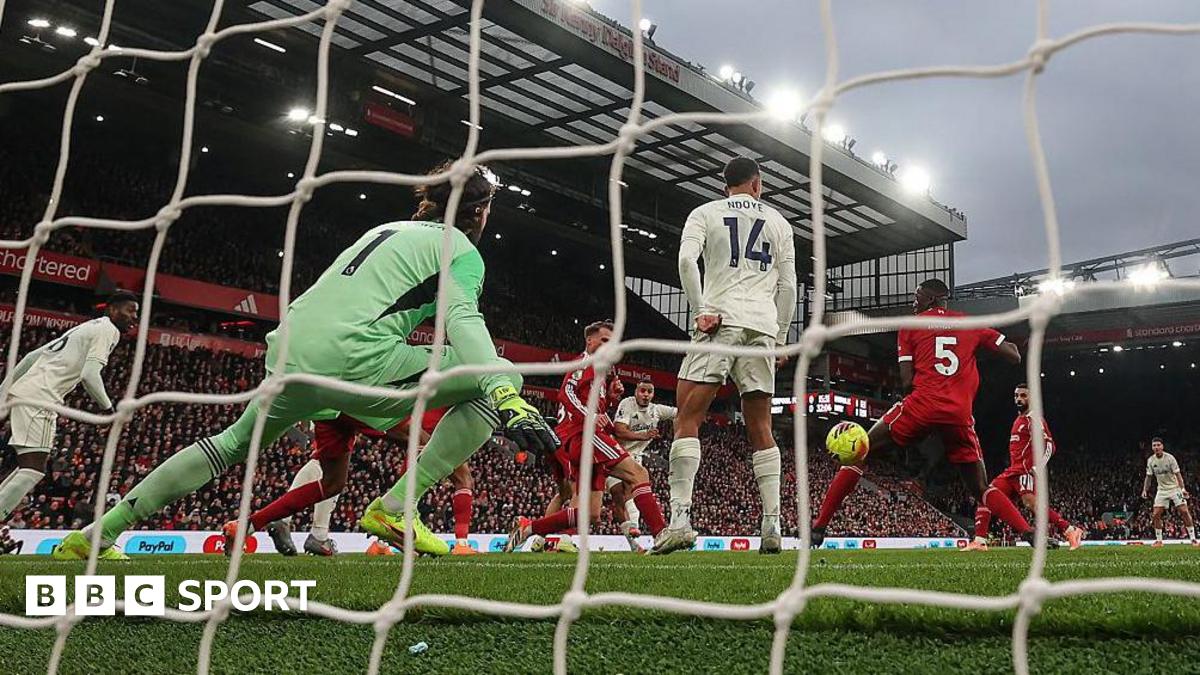At what point is the threshold crossed for a player making a clear impact on the goalkeeper? The only way you could end these discussions is to make a decision objective, but we should be wary of unintended consequences.
Would we get more consistent decisions? No doubt, but as we have seen with the handball law if you add more absolutes that simply results in more disallowed goals.
How about saying that a player being offside in the six-yard box always has to be impacting a goalkeeper? You would still have shades of grey and potentially goals disallowed which are against the spirit of the law.
If the offside player is at the opposite side of the goal to the keeper, would we really want a goal to be ruled out? If you are being objective, it would have to be.
That does not feel like a road we would want to go down, which leaves us still with a subjective conundrum.
VARs are told not to get involved in subjective offside unless a clear error has been made either way. This is why interventions are quite rare, and the borderline decisions like Andy Robertson at Manchester City cause most controversy.
Last season, there were only two VAR interventions on line of vision, and they both resulted in disallowed goals being awarded: Bernardo Silva for Manchester City at Wolves and Jamie Vardy for Leicester at Fulham.
In 2023-24, four goals were disallowed for the offence: Rasmus Hojlund for Manchester United at Burnley, Mohamed Salah for Liverpool at Burnley, Lorenz Assignon for Burnley at Crystal Palace and Tawanda Chirewa for Wolves against West Ham.
Supporters will understandably use these for comparison but while two decisions can be similar they will never be exactly the same. For that reason, we will always have perceived inconsistencies.

